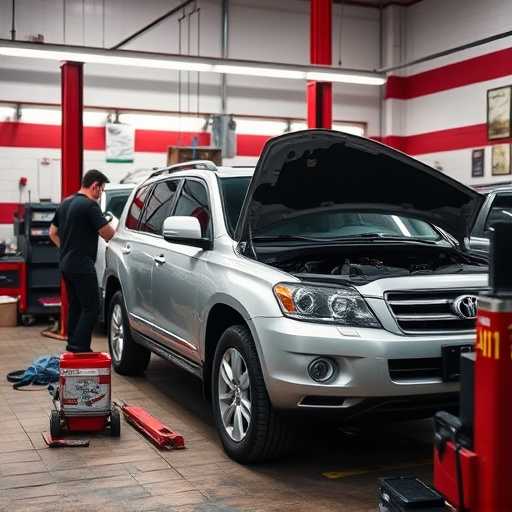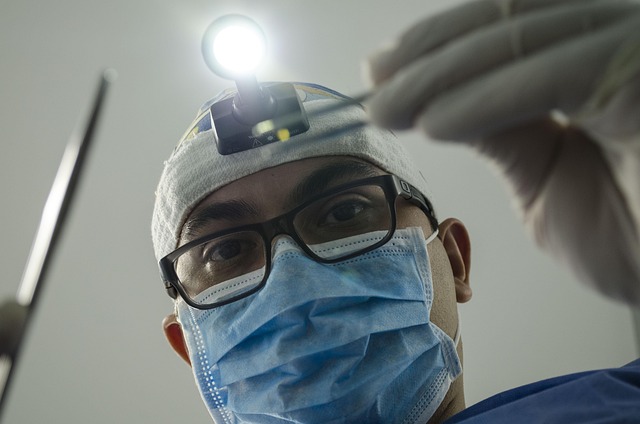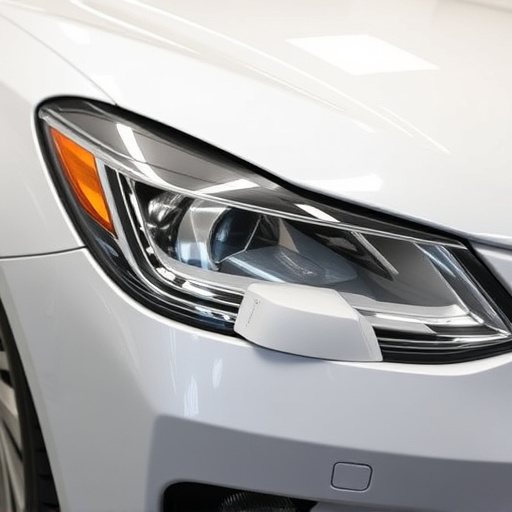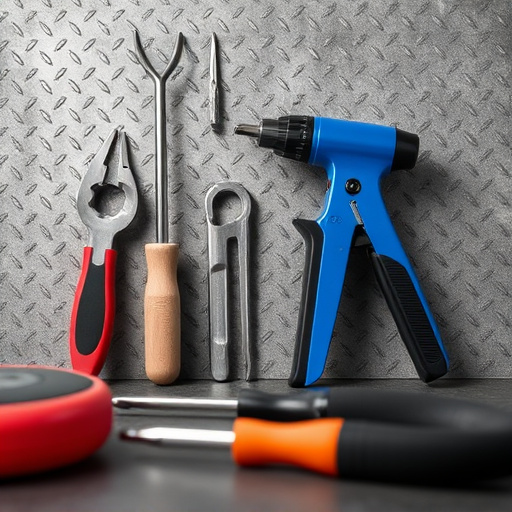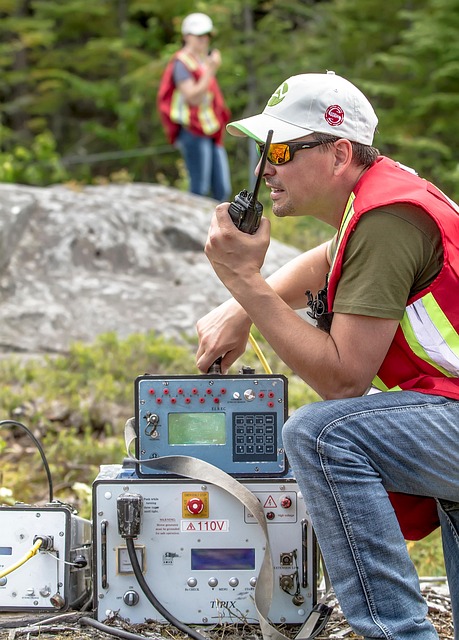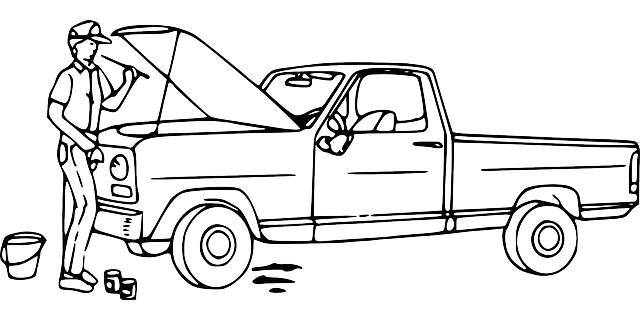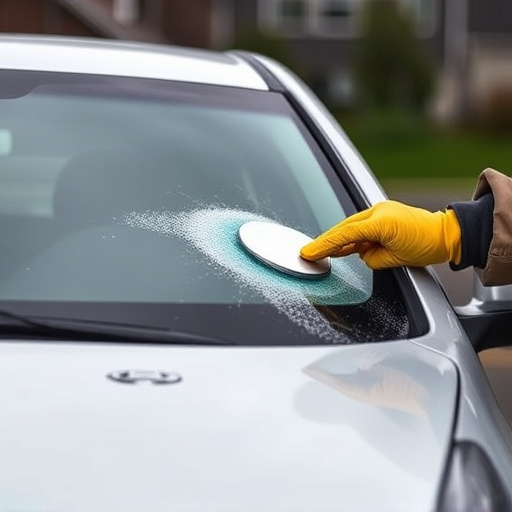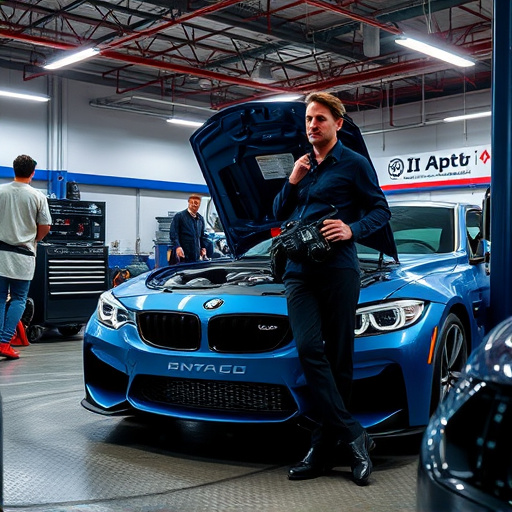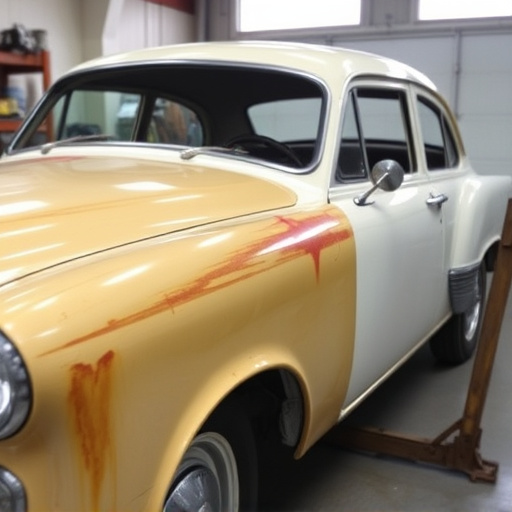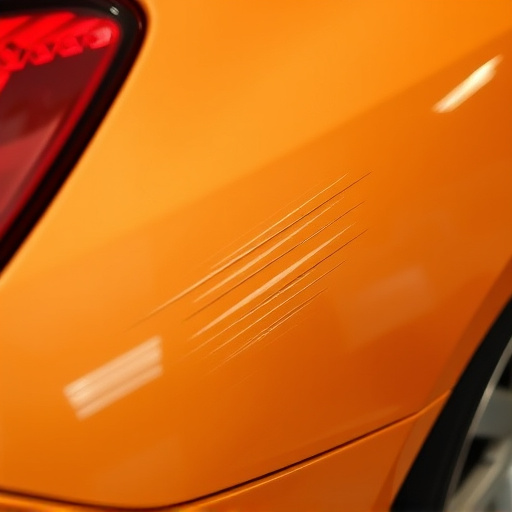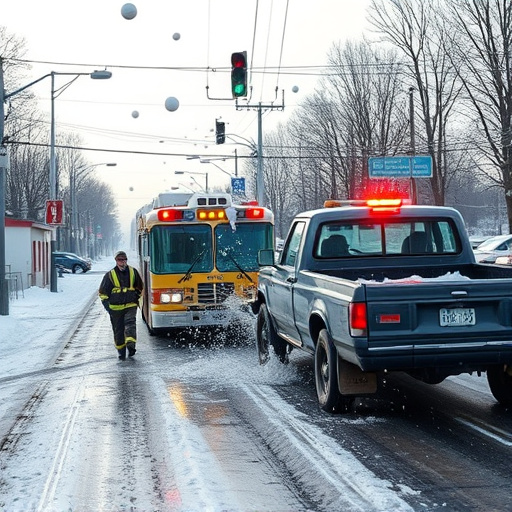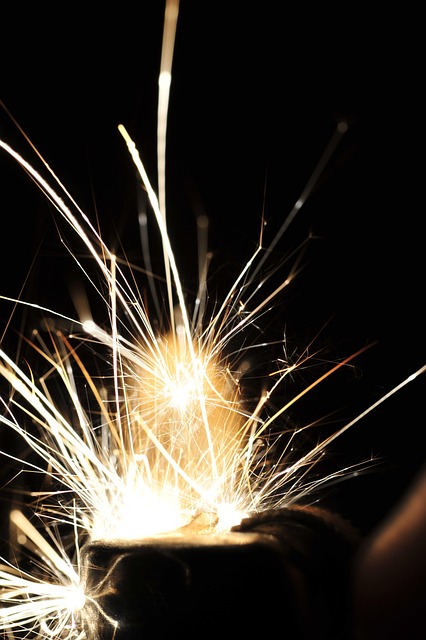Passenger van body repair is a specialized field requiring meticulous attention due to these vehicles' unique construction and safety needs. It involves comprehensive damage assessment, precise restoration using advanced facilities and trained technicians skilled in metalworking, painting, and auto glass replacement. The goal is to restore original appearance and maintain peak safety standards. Right tools, materials, and techniques are crucial for success. Modern methods like laser cutting and specialized paints enhance structural integrity and aesthetic appeal, increasing vehicle longevity and resale value while aligning with sustainability goals.
“The art of passenger van body repair is a meticulous process that demands precision and expertise. As a key aspect of commercial vehicle maintenance, understanding the scope, tools, and techniques ensures optimal results. This article guides you through the essential steps, from assessing damage to selecting top-tier materials, and mastering effective repair practices. By delving into these intricacies, professionals can navigate the challenges of passenger van body repair, ensuring safety and aesthetic excellence.”
- Understanding the Scope of Passenger Van Body Repair
- Choosing the Right Tools and Materials for the Job
- Effective Techniques and Best Practices in Repair
Understanding the Scope of Passenger Van Body Repair

The scope of passenger van body repair is a multifaceted process that involves the skilled restoration and refurbishment of commercial vehicles designed to transport multiple passengers. Unlike personal cars, which often have more straightforward repair needs, these vans require specialized attention due to their unique construction and purpose. The first step in this process involves a meticulous assessment to identify damage, ranging from minor dents and dings to significant structural issues. This careful evaluation ensures that every aspect of the van’s body is addressed during repairs.
Understanding the intricate details of each panel, frame, and component is crucial. Reputable collision centers equipped with state-of-the-art facilities employ trained technicians who possess the expertise to handle various repair tasks, including metalworking, painting, and auto glass replacement. The goal is to ensure that the van not only looks like new but also maintains optimal safety standards after the restoration process, whether it involves a minor accident or more extensive damage, such as in fleet maintenance scenarios.
Choosing the Right Tools and Materials for the Job
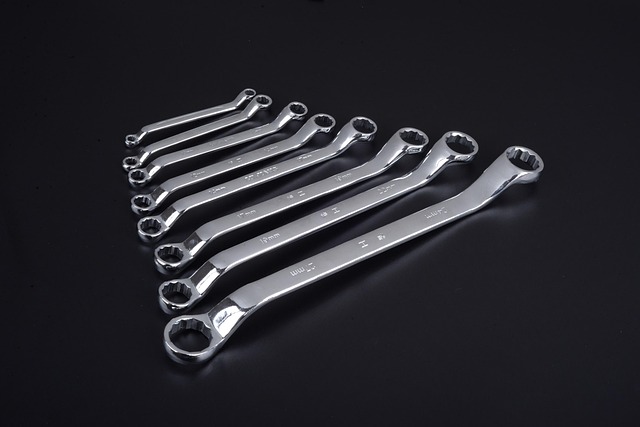
When taking on a passenger van body repair project, selecting the appropriate tools and materials is a critical step that cannot be overlooked. The right equipment will ensure precision, efficiency, and ultimately, a high-quality repair. For instance, specialized tools like impact guns, sanders, and spot welders are essential for removing damaged panels and making precise cuts. Additionally, a well-stocked inventory of body repair supplies, such as body putty, primer, and paint, specific to van models, is crucial.
Choosing the correct materials, including high-quality paints that match the van’s original finish, will guarantee a seamless and durable repair. It’s also vital to consider the use of modern repair techniques, like spot welding or laser cutting, which can minimize material waste and enhance structural integrity. For instance, an auto collision center specializing in passenger van body repair might employ advanced tools and methods to offer both effective car collision repair and top-notch car paint repair services.
Effective Techniques and Best Practices in Repair

In the realm of passenger van body repair, adopting effective techniques and best practices is paramount to ensuring structural integrity and aesthetic appeal. Modern automotive repair facilities utilize advanced tools like laser technology for precise measurements and precision cutting, minimizing material waste and enhancing accuracy. This innovative approach aligns with the industry’s commitment to sustainability by reducing environmental impact.
Additionally, experienced technicians emphasize the importance of a meticulous painting process, involving surface preparation, primer application, and final coat. Utilizing high-quality paints tailored to specific vehicle types ensures not only an excellent visual finish but also long-lasting protection against corrosion. These best practices in both auto frame repair and passenger van body repair contribute to the overall longevity and value of the vehicle, satisfying customers who demand top-notch vehicle repair services.
As we’ve explored the intricacies of passenger van body repair, it’s evident that a meticulous approach is key. By understanding the scope of repairs, selecting appropriate tools and materials, and adopting best practices, professionals can ensure superior results. This knowledge ensures not only the structural integrity of the vehicles but also enhances customer satisfaction, solidifying the importance of mastering the art of passenger van body repair.
